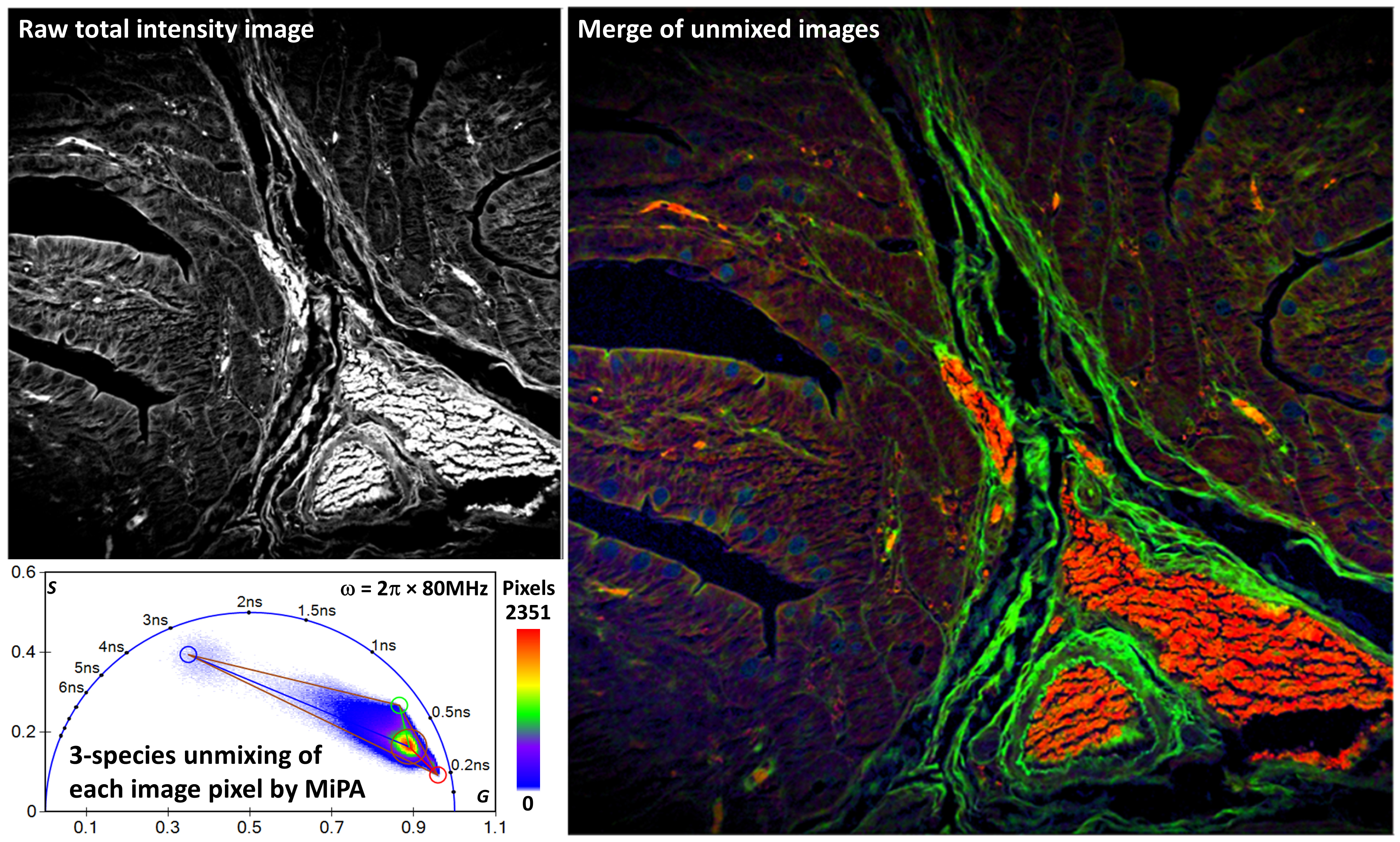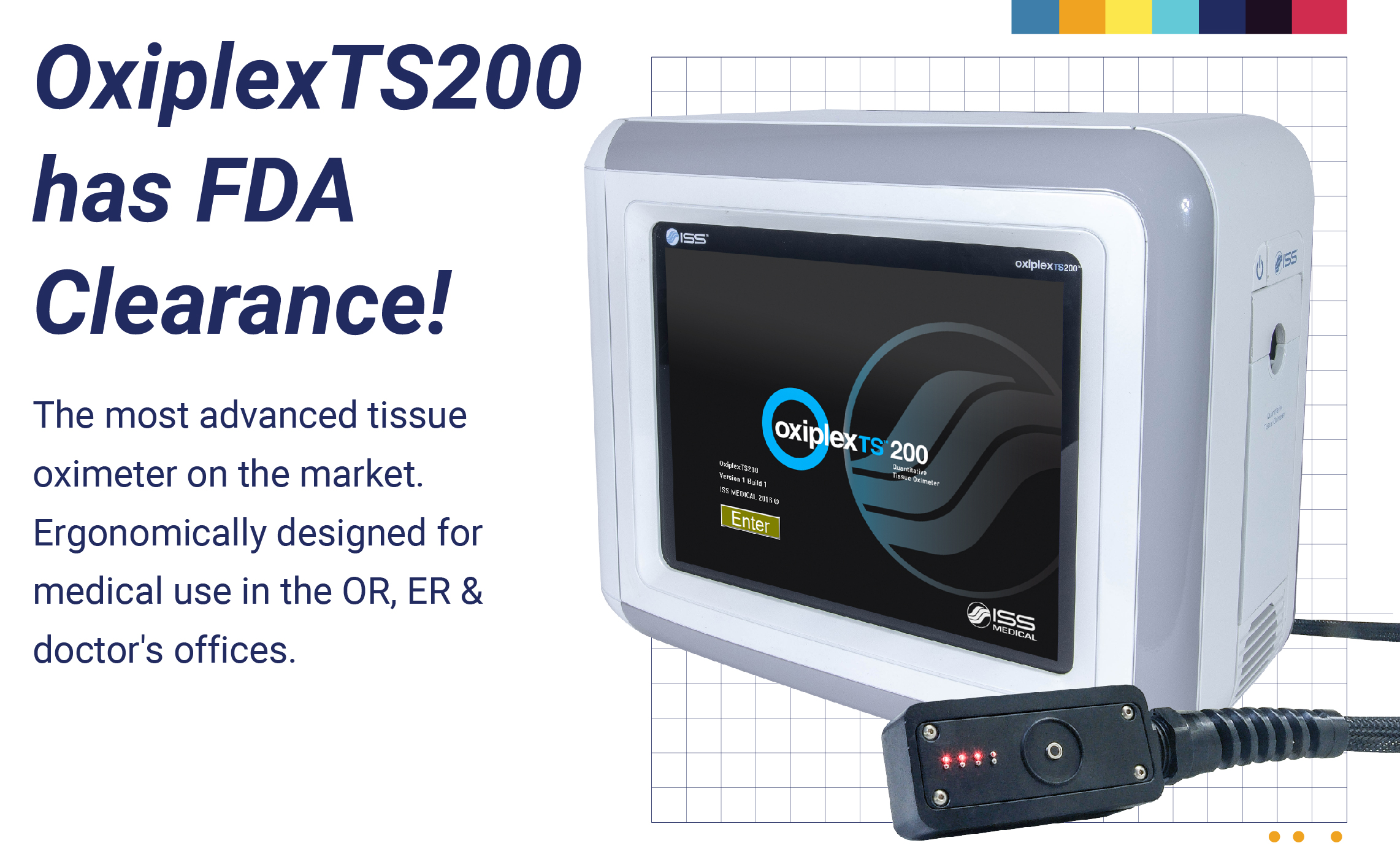NEWS
ISS and U of I Study Sleep Apnea
Champaign, Illinois - December 21, 2003 - The medical research community's growing interest in Obstructive Sleep Apnea Syndrome (OSAS) is creating an opportunity for studying the use of near infrared technology developed by the University of Illinois and ISS, Inc.
This technology, OxiplexTS™, a non-invasive, near infrared tissue oximeter will be used to study vascular health of the brains of subjects in three Illinois sleep clinics. The scientific effort is being led by Dr. Antonios Michalos who is affiliated with the U of I's Laboratory for Fluorescence Dynamics and ISS. The project is being funded by a grant from the National Institute of Neurological Disorders and Stroke, an arm of the National Institutes of Health.
Michalos, a physician/physiologist, completed a short pilot study in 2003 in order to fund this latest effort. During that study, Michalos found that by subjects performing breathing exercises, he was able to screen the health of their brains' vasculature. He could then group OSAS sufferers, healthy subjects, and snorers with data taken using the OxiplexTS™.
"Our pilot study shows promise that we can eventually diagnose the cerebral vascular health of a patient using near infrared instrumentation like the OxiplexTS™," Michalos said.
"This sleep apnea study will allow us to build on our previous work. We will be able to monitor subjects during overnight sleep studies. What's new for sleep doctors is that vascular health information from the brain will be added to their array of data from subjects," he added.
OSAS, or sleep apnea, is estimated to afflict upwards of 18 million Americans. It is a breathing disorder characterized by brief interruptions in breathing during sleep. It is manifested with fatigue, daytime sleepiness, headaches, and can lead to cardiovascular health risks among other consequences. It is generally diagnosed by doctors who perform overnight sleep studies called polysomnography (PSG).
The current PSG equipment available in sleep labs gives important information on many physiological systems, but doesn't yield information on how the brain responds to diminished oxygen supply during apnea episodes. The U of I and ISS also hope to answer questions about how the brain's response may be related to the general vascular health of the organ.
Michalos has already designed a special sensor for the ISS instrument to be used during the sleep studies. Should the study yield results important to medical professionals interested in cerebral vascular heath, one of ISS' responsibilities will be to create software that could be used by sleep researchers or others deploying the OxiplexTS™.
This instrument will use near infrared light to localize an activated brain area within a few millimeters and to reconstruct a functional map of the brain. What are the practical applications of this device? Let us suppose that a person, because of a car accident, suffers brain injuries resulting in the temporary loss of control of the left hand. The physician can localize the damaged area using a functional Magnetic Resonance Imaging (fMRI) machine. This instrumentation is quite expensive and requires a team of welltrained people to operate. Besides, the patient is required to stand still during the test for about 20-30 minutes - a difficult proposition when dealing with children, for instance.
ISS’ goal is to develop an instrument which would be easy to use and fairly inexpensive. The instrument could enable the physician and the health operator in any trauma center to perform preliminary tests on a patient. The instrument could even replace some of the tests presently done with the fMRI, thus saving time and reducing the overall health care costs. The brain imaging can be repeated as many times as required. In fact, the level of irradiation does not pose any harm and danger to the patient as the instrument utilizes infrared laser light sources emitting only a few milliwatts.
The new instrument will utilize the basic technology developed for the Oximeter. Light at a near infrared wavelength and intensity-modulated at about 100 MHz is carried to the head by fiber optic cables. As many as 32 light distinct fiber optics will be present on the probe at different distances from each detector, in order to provide a 3D localization of the area where the brain activity occurs. During Phase I of this project, a prototype will be assembled by modifying two Oximeters developed by ISS. Two optical probes will be fabricated, as well as the circuitry for control of 32 light sources. The 3D capability of the instrument will be tested on preliminary tests acquired on human volunteers at the University of Illinois, where the technique was originally proposed and developed by the scientists of the Laboratory for Fluorescence Dynamics under the guidance of Prof. Enrico Gratton.



